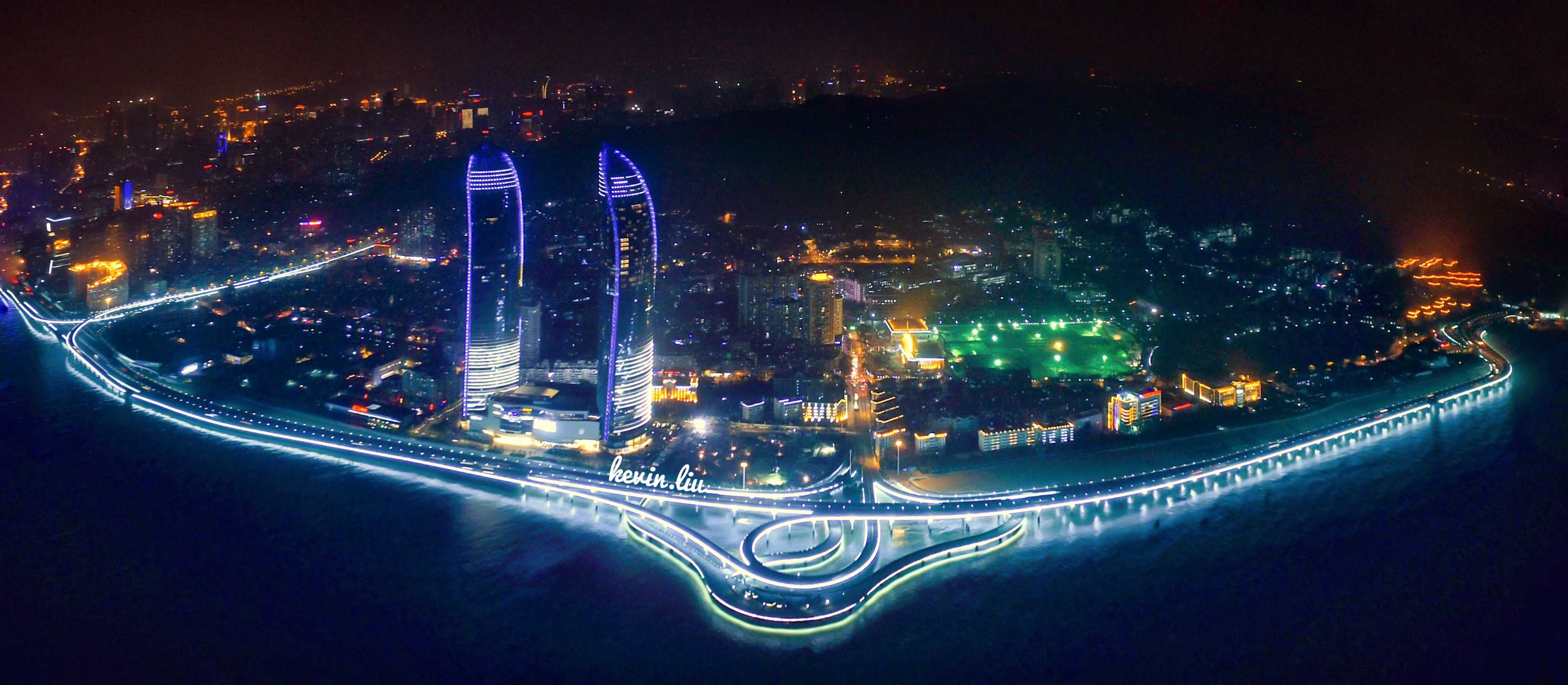
This year, China’s scenic coastal city of Xiamen will play host to the 9th annual BRICS Summit on September 3-5. Rather than opt for the more obvious choices of Shanghai or Beijing, Xiamen was likely selected due to its status as a pilot city for economic reforms and its outward-looking ties to Belt Road and BRICS countries.
This is the first time the city – with a population of only four million – will host leaders including Chinese President Xi Jinping, Russian President Vladimir Putin, Indian Prime Minister Narendra Modi, Brazilian President Michel Temer, and South African President Jacob Zuma. Leaders of Guinea, Mexico, Thailand and Tajikistan will also attend the BRICS Summit this year.
As an export-oriented city, Xiamen was among the first batch of Special Economic Zones nominated by Deng Xiaoping in 1979, which had the objective of opening the market to foreign companies. The other special economic zones were the southern cities of Shenzhen, Zhuhai and Shantou. However, compared to Shenzhen, which is one of the most productive and innovative cities in China, Xiamen only ranked 52nd in terms of GDP among all Chinese cities in 2016.
To attract overseas investment, Xiamen has been successfully hosting the China International Fair for Investment & Trade (CIFIT) for the last twenty years. As of the end of 2016, over 100 investments have been made by Fortune 500 companies in Xiamen.
Xiamen Free Trade Zone (FTZ), as part of Fujian Free Trade Zone, was launched in 2015. Since its launch, Xiamen FTZ has introduced 120 regulatory innovations. As of end of July, the Xiamen FTZ has attracted 28,000 new corporates to register in the zone, with a total combined capital of 473.7 billion yuan.
As a key location at the start of the Silk Road on China’s southern coast, Xiamen launched the first regular train from Xiamen to Moscow on August 25, which is the fourth line on the China-Europe Freight Train. The train travels via Erenhot in China’s northern Inner Mongolia Autonomous Region and Dzamiin-Uud, Mongolia, with a total track length of 9,960 kilometers and journey times lasting about 13 days. As of August 15, the China-Europe Freight Train has shipped 2.4 billion yuan worth of goods to countries such as Russia and Poland.
Statistics from China Customs show that for the first seven months of 2017, Xiamen’s trade activities amounted to 26.53 billion yuan with the four other BRICS countries, up 45.6% compared to the same period in 2016.
“The BRICS summit will be the most important meeting Xiamen has ever hosted. The BRICS summit is a gift that the central government gives to Xiamen,” says a research report by Sinolink Securities. “In recent years, decentralization and depoliticization have become popular trends, so we may see more countries choosing smaller cities to host large-scale international meetings.”
In addition, given the close proximity between Xiamen and Taiwan, holding the summit in Xiamen might be a show of power, demonstrating China’s ability to attract high-profile foreign world leaders, and show off its growing trade relationships with BRICS and Belt Road Countries.









